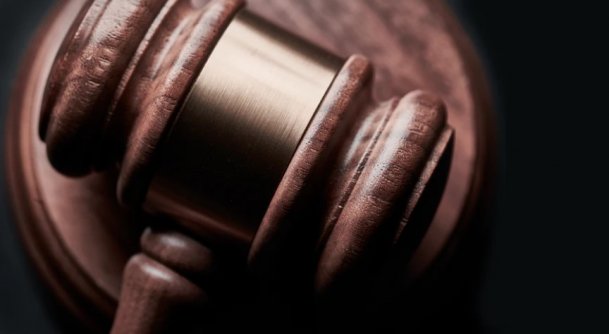How to Get Attestation of Certificates From Indian Embassy?

Embassy is what takes care of the foreign affairs, bilateral talks and legalization of documents before immigration of the countrymen. So, it’s always compulsory to have some vital information about the embassy of the country where you live as a citizen.
Role of Embassy
Simply put, it’s a process of getting stamp from the embassy of India or where you hail from. There are some competent officials appointed to look into the requests for the verification or attestation of documents like the transcript, birth certificate, marriage certificate or CENOMAR.
However, the document as personal, commercial and educational gets through the verification of the MEA or Ministry of External Affairs before. Thereafter, the same papers are presented before the consulate for his stamp on it.
When To Move to Embassy
As aforementioned, the attestation means authentication. When you get an opportunity to work or tour or have business talk in the foreign, the government of your nativity and the country where you intend to shift temporarily need to know about it prior. Immigration cannot happen out of the blues. Every country has limited resources & opportunities corresponding to the count of the people. If an urgency or emergency calls, then only it allows people to emigrate. The embassy takes charge of it.
Now, the question is when you need to visit there. Certainly, it is for attesting documents related to:
- Employment
- Residency
- Study purpose
- Business in foreign
Procedure at Embassy
These are a few most common reasons that take you to the threshold of the consul. You have to finally get through their inquiry and verification process for revealing the genuine reason to visit there. This process involves:
- Book an appointment online via application
- Face to face round to get to exactly know why you want to go abroad on a fixed date
- Checking of the credibility of all documents with the competent authority
- Get final confirmation for migration through a letter
When you go through the F2F round, the officer tries to dig out every reason that is legitimate enough for sanctioning visa for employment, residence, study and business. Once he/she finds that your intentions are pure and honest, you get the stamp on your documents.
Attestation
As aforesaid, it is concerned with the government. But, this government may not be the native one. To build connections for such migrations and administering foreign affairs, every country has a provision to appoint some diplomats or officials in other countries. These appointed personnel handle certain affairs like taxes, visas, and other law-related issues. These officials are not necessarily the citizens from the residing country. They can be deployed from the country where it is set up.
The attestation requirements may vary in every country. It basically depends on the sensitivity of the certificates. It leaves no space for errors or suspicion that can point finger at their authentication work. This is why it is kept at the bottom of the attestation hierarchy.
- Notary
- Home Department Certification (by SDM)
- Ministry of External Affairs (MEA) Authentication
- Embassy
Notary public is the first one that thoroughly checks all certificates or documents before putting stamp on them. Then only, the officers in the next two levels in the hierarchy counter attest. There are certain NRI services providers who make this process convenient, as they themselves visit and get your papers signed by the competent authority.